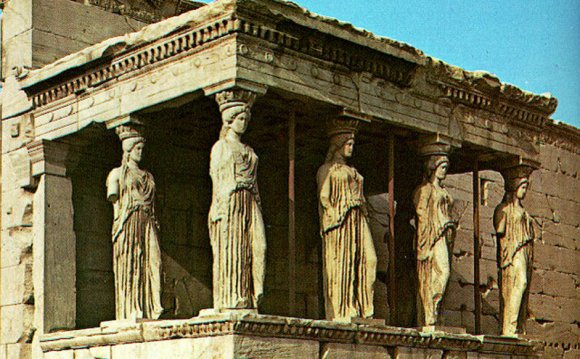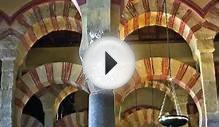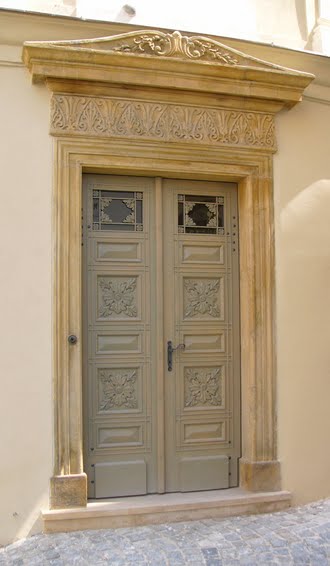
Using its rectangular stone platform, back and front verandas (the pronaos and also the opisthodomos) and rows of posts, the Parthenon would be a commanding illustration of Greek temple architecture. Typically, the folks of ancient A holiday in greece didn't worship in their temples once we do today. Rather, the inside room (the naos or even the cella) was relatively small, housing only a statue from the deity the temple was created to recognition. Worshippers collected outdoors, entering simply to bring choices towards the statue.
The temples of classical A holiday in greece all shared exactly the same general form: Rows of posts supporting a horizontal entablature (a type of decorative molding) along with a triangular roof. Each and every finish from the roof, over the entablature, would be a triangular space referred to as pediment, into which sculptors squashed elaborate moments. Around the Parthenon, for instance, the pediment sculptures show the birth of Athena on a single finish along with a fight between Athena and Poseidon alternatively.
To ensure that people standing on the floor often see them, these pediment sculptures were usually colored vibrant colors and were put together on the solid blue or red-colored background. This fresh paint has faded as we grow older consequently, the bits of classical temples that survive today seem to be made from whitened marble alone.
Proportion and Perspective
The designers of classical A holiday in greece emerged with lots of sophisticated strategies to make their structures look perfectly even. They crafted horizontal planes having a very slight upward U-shape and posts which were heavier in the centre than in the finishes. Without these improvements, the structures would seem to sag together, they looked perfect and regal.
Sculpture
Very few classical statues or sculptures survive today. (Stone statues broke easily, and metal ones were frequently melted for re-use.) However, we all know that sculptors for example Pheidias and Polykleitos within the fifth century and Praxiteles, Skopas and Lysippos within the fourth century had determined how you can use the rules of anatomy and perspective towards the human form just like their alternatives applied these to structures. Earlier statues of individuals had looked awkward and pretend, but through the classical period they looked natural, almost comfortable. They can had realistic-searching facial expressions.
Pottery
Classical Greek pottery was possibly probably the most utilitarian from the era’s artistic representations. People offered small terra cotta collectible figurines as gifts to gods and goddesses, hidden all of them with the dead and gave these to their kids as toys. Additionally they used clay containers, jars and vases for nearly everything. They were colored with religious or mythological moments that, such as the era’s statues, increased modern-day and realistic with time.
A lot of our understanding of classical Greek art originates from objects made from stone and clay which have made it for 1000's of years. However, we are able to infer the styles we have seen during these works–an focus on pattern and order, perspective and proportion, and guy himself–appeared too in less-durable masterpieces for example sketches and works of art.
RELATED VIDEO




 Classicism, in the arts, refers generally to a high regard for classical antiquity, as setting standards for taste which the classicists seek to emulate. The art of classicism typically seeks to be formal and restrained: of the Discobolus Sir Kenneth Clark observed...
Classicism, in the arts, refers generally to a high regard for classical antiquity, as setting standards for taste which the classicists seek to emulate. The art of classicism typically seeks to be formal and restrained: of the Discobolus Sir Kenneth Clark observed...







